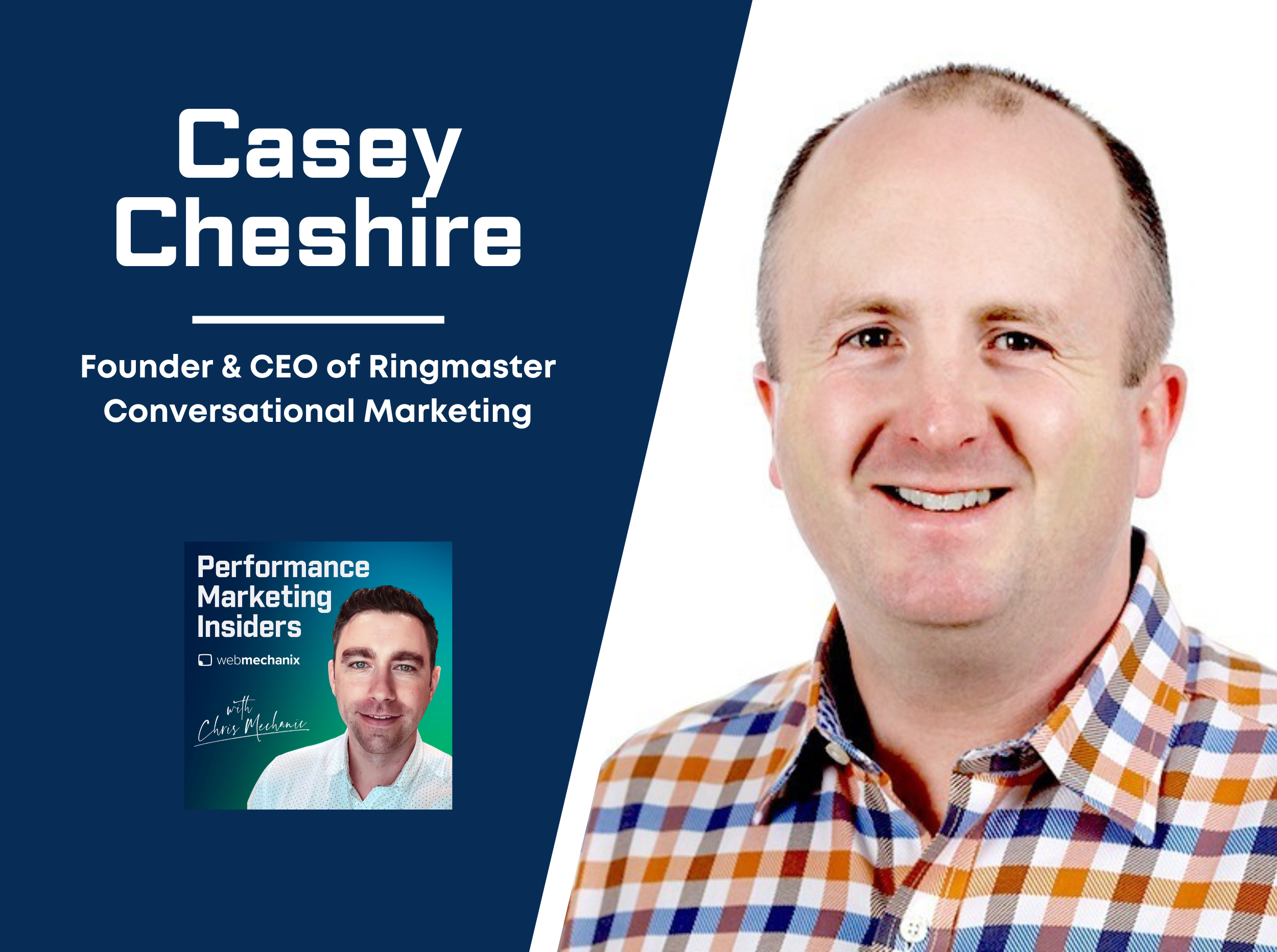
Improve Your Student Recruitment Plan by Optimizing Conversion Rates
There’s no question that prospective higher education students have more choices than ever. More choices mean students need more information than ever before.
While more choice is a good thing for the students, the burden for providing the right information at the right time falls squarely on higher education marketers. Schools need to make sure they remain a participant through the entirety of the student’s decision-making process
Fortunately, modern digital marketing techniques allow you to cover this gap. Digital marketing conversions can play a significant role in improving student recruitment plans.
The basic conversion-oriented student recruitment plan.
Creating a higher education digital marketing plan focused on early funnel conversion rate optimization allows you to insert yourself into the student’s decision-making process early. Once you’re a participant in that process, you’re able to consistently engage the student by providing the right content at the right time.
Generally speaking, your conversion-oriented marketing strategy should focus on these phases:
- Engage them early
- Attract prospects to your website by offering high-level informational content like an eBook or other digital downloads. This can be a university prospectus/summary, but could also be purely utility information like “How to ensure the university you choose is a good match for your lifestyle.”The idea is to get the prospect into your marketing “funnel” while they’re still in the early exploration stage of their higher education decision process. It’s critically important at this phase that you make these requests as easy as possible for your prospects — let them have the information in exchange for their name and email address.
- Maintain contact with micro-conversions
- Once a student has arrived in your marketing “funnel,” it’s your job to repeatedly give him or her the opportunity to re-engage with you.The most common way to engage with prospective students with follow-up emails (hopefully via a marketing automation tool), but can also extend to social media posts, social listening and outreach or even blog content focused on the needs of someone going through a higher education selection process.
- Nurture prospects based on their behavior
- By having your marketing process optimized for micro-conversions, you have the opportunity to learn about what the student is thinking and what’s important to them.For example, if a student prospect downloads a publication from your Physics department, you know their interests may lie in the sciences and you can use that knowledge to focus the touches you make to that student on science-related subjects. The key here is to have a reactive marketing plan that lets you adapt to the specific needs and desires of each type of prospective student.
Optimizing your student recruitment plan for micro-conversions.
As bottom-line oriented marketers, we have a tendency to think of a conversion as the final step in the process – the student goes from prospect to enrollee. However, conversion optimization focuses on micro-conversions to sustain contact with a prospect. Example micro-conversions include:
- Downloading an eBook from your website
- Clicking a link in a follow up email
- Registering for more information
The good news is that your pre-existing student recruitment plan probably has dozens of opportunities for micro-conversions. Typically, all that needs to be done is to formalize the information request process so you can retain some data about the student prospect. Micro-conversion opportunities include:
- Program Information Requests
- Not only does a program information request tell you that a student is interested in your university or trade school, but it also tells you what specific program(s) they’re interested in. This information is invaluable for the nurturing aspects of your student recruitment plan.
- Scholarship Information Requests
- Not to be forgotten in the “information request” category of conversion opportunities, scholarship information requests let you know about additional student interests. This is especially true for merit-based scholarships, but even financial-aid requests can tell you that the student may be interested in content about living inexpensively on-campus.
- Campus Visits
- Not all conversion opportunities are digital in nature. Campus visit requests are valuable conversions and indicate someone who is close to making their decision (and are ready for decision-making content materials).
- Online Applications
- Though not a final indicator that they will become a student at your college or trade school, filling out an online application means that you’re in the final consideration process. Don’t let your marketing stop here, though – this is the right time to provide them with your strongest decision-making content to help push them to the final decision.
Include visitor source in student recruitment strategy development.
In addition to the wealth of information available to prospective students, the digital and social media driven landscape means that that those prospects can find out about you from a wide variety of sources.
As a higher education marketer, you need to find a way to be where your prospects are. That means tracking where your conversion originated. With that information, you can adapt your student recruitment plan to focus more (or less) on the channels that actually drive conversions.
While there are dozens of possible conversion sources, these 4 should be a part of all student recruitment plans:
- Organic Search Results
- Your website, and specifically the ability to find it organically via search engines, is typically the cornerstone of digital conversions.
- Social Media
- If your university or trade school doesn’t have a social presence, you’re missing prospects. Period. What’s more, without providing multiple social channels, and tracking the conversion source from each, you won’t know which channels have the most effect.
- In all the talk of social media and SEO tactics, it’s easy to forget about email. Your student recruitment plan should absolutely include emails (they are especially valuable nurturing tools) and you should not only monitor for conversions from email, but from the type of email that inspired the conversion.
- Direct
- The world may be going digital, but there’s still a lot that happens via phone and face-to-face discussions. It’s important to have a way to track these direct interactions in your marketing tools so that you can understand the value of (and possibly try to inspire more of) these conversations.
Keeping in touch with prospective students has never been more important, but how you keep in touch is just as important as doing it at all. You need to reach out to them early. Then you can frequently contact them on the channels they prefer and about information that interests them.
Instead of assuming students will find their way to your content, you need to keep them engaged with you throughout the process so you can show them the content that will help them choose you.
Most newsletters suck...
So while we technically have to call this a daily newsletter so people know what it is, it's anything but.
You won't find any 'industry standards' or 'guru best practices' here - only the real stuff that actually moves the needle.






